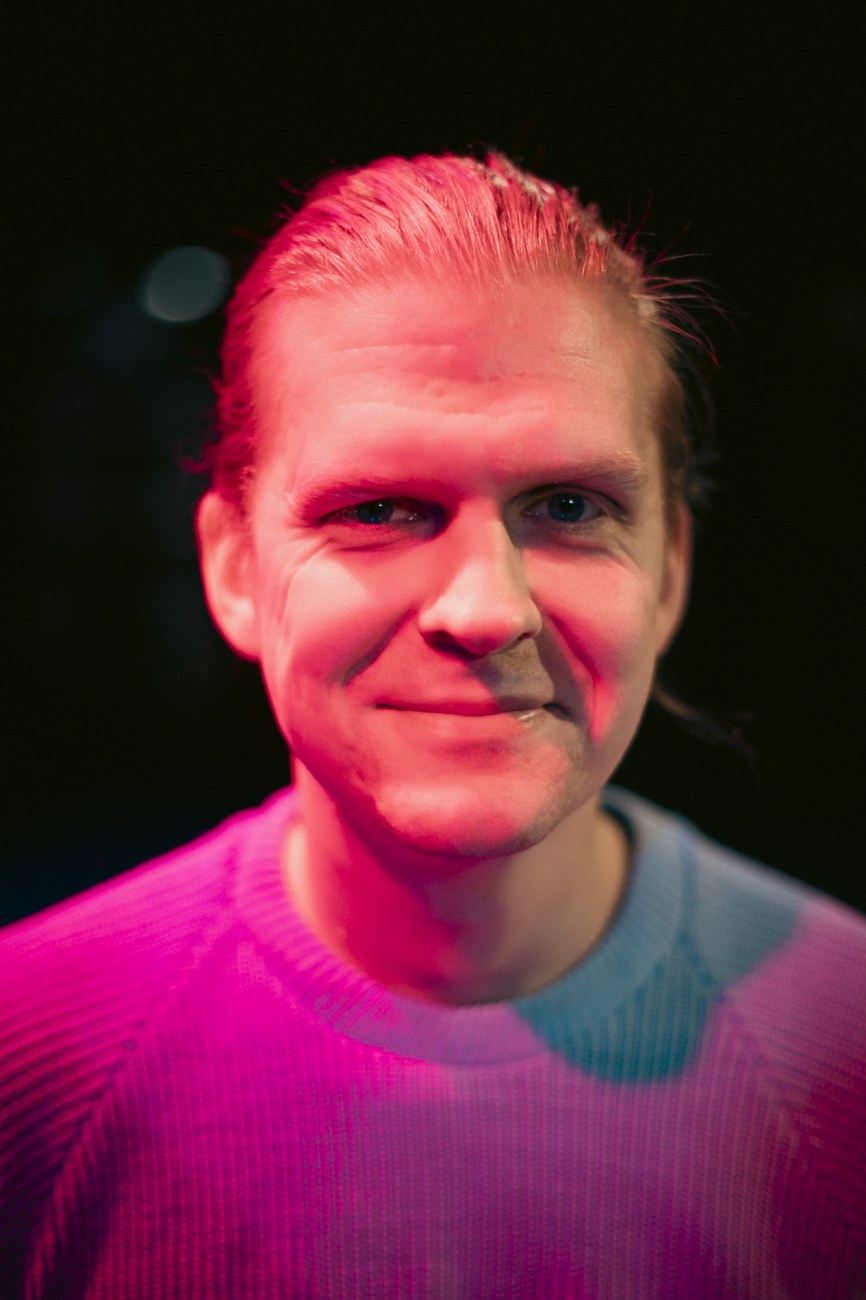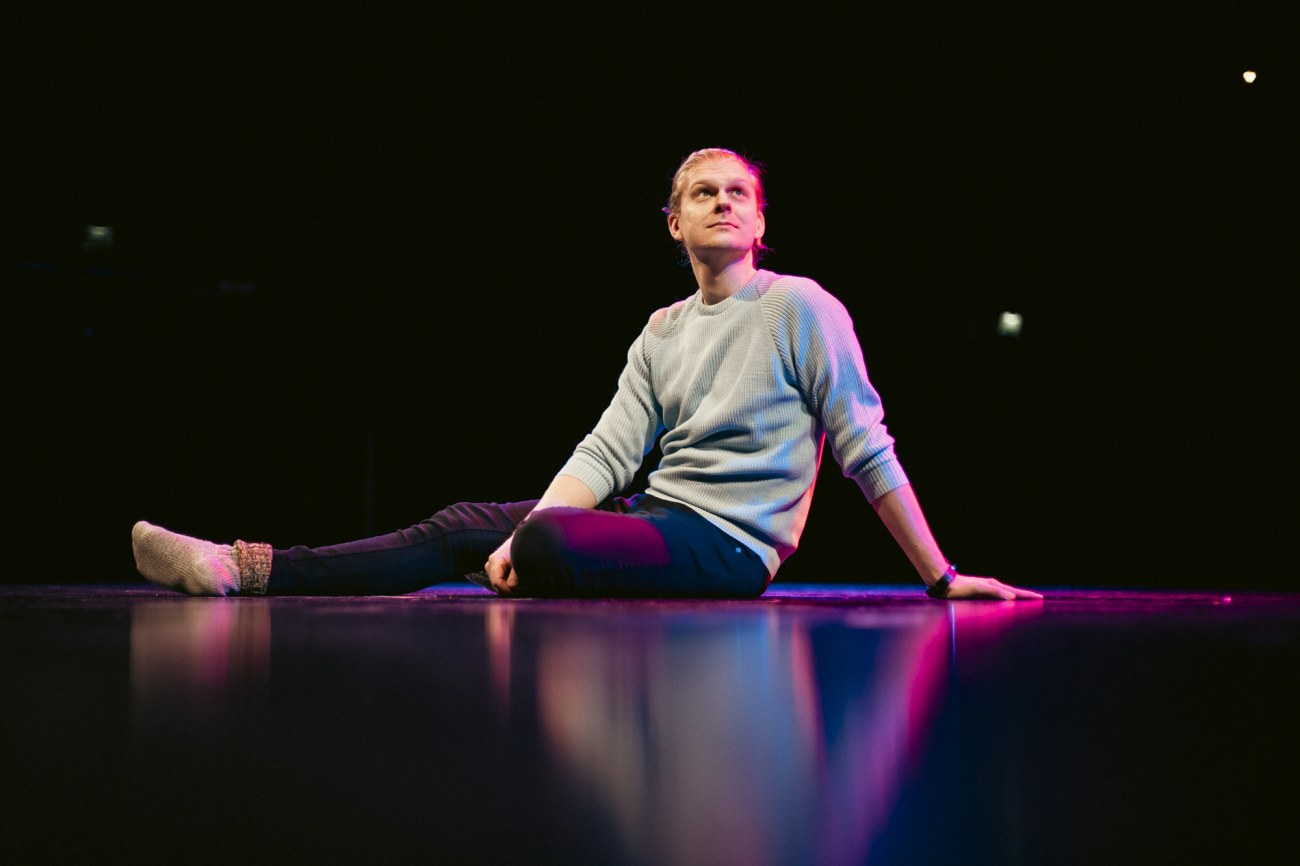At 34 years old, Kalle Lahtinen’s decision to pursue an academic career was far from a foregone conclusion. Yet, the allure of sound and acoustics, combined with a growing interest in human perception and expression, led him to become a doctoral researcher in the CONVERGENCE project at Tampere University.
“Audio and acoustics has always been some sort of a special interest of mine, probably because I’ve been heavily into both listening and playing music since childhood, drums being my main instrument,” Lahtinen says.
 Photo: Antti Yrjönen
Photo: Antti YrjönenThe multidisciplinary CONVERGENCE project dives deep into areas such as affective computing, gamification, and augmented reality, placing itself at the forefront of exploring the interaction between humans and machines.
Lahtinen’s academic career has been marked by a deep engagement with complex technological systems. He studied engineering, embedded systems, and electronics at Tampere University of Applied Sciences and specialised in signal processing, machine learning, and acoustics at Tampere University.
“I’m not that interested in technology alone. For me technology always goes hand in hand with humanity. I’m interested in how we use technology, why we use it and how it affects us,” Lahtinen elaborates.
His research delves into machine learning, speech processing, and affective computing, aiming to enhance the way technology interacts with human emotions and language. A key area of his research is improving speech-based user interfaces so that devices can better adapt to users’ emotional states. This improvement could enhance safety and user experience by making technology more empathetic and responsive.
The applications of his research could significantly change how we interact not only with technology but also with each other. “Speech emotion recognition could also be used as an aid in human-to-human communication for individuals that have difficulties in recognizing and understanding emotional signals in speech,” he adds.
“Machine learning-based approach could provide more effective and reliable tools for basic linguistic research,” Lahtinen further states, emphasising the potential to unlock language usage and emotional expression through vast data sets that were previously untapped due to the limitations of traditional analysis methods.
In the collaborative ecosystem of the CONVERGENCE project, he finds fertile ground for innovation. “I’ve always been an advocate for multidisciplinarity. I think being exposed to different thoughts and points of view will always lead towards new and interesting paths and ideas. This is especially important when trying to figure out something new and novel, which is what research is all about.”
Looking to the future, Lahtinen’s vision for human-machine interaction is clear: “I would like to see the interaction between humans and machines become more seamless, more accessible, and more empathetic, and for the technology that surrounds us to support human needs in a healthy way, bringing people together rather than dividing them.”
 Photo: Antti Yrjönen
Photo: Antti YrjönenText and photos by Antti Yrjönen
Stage and lights by Carlos Portilla Lopez
Venue Teatterimonttu, Tampere University, City Centre Campus



